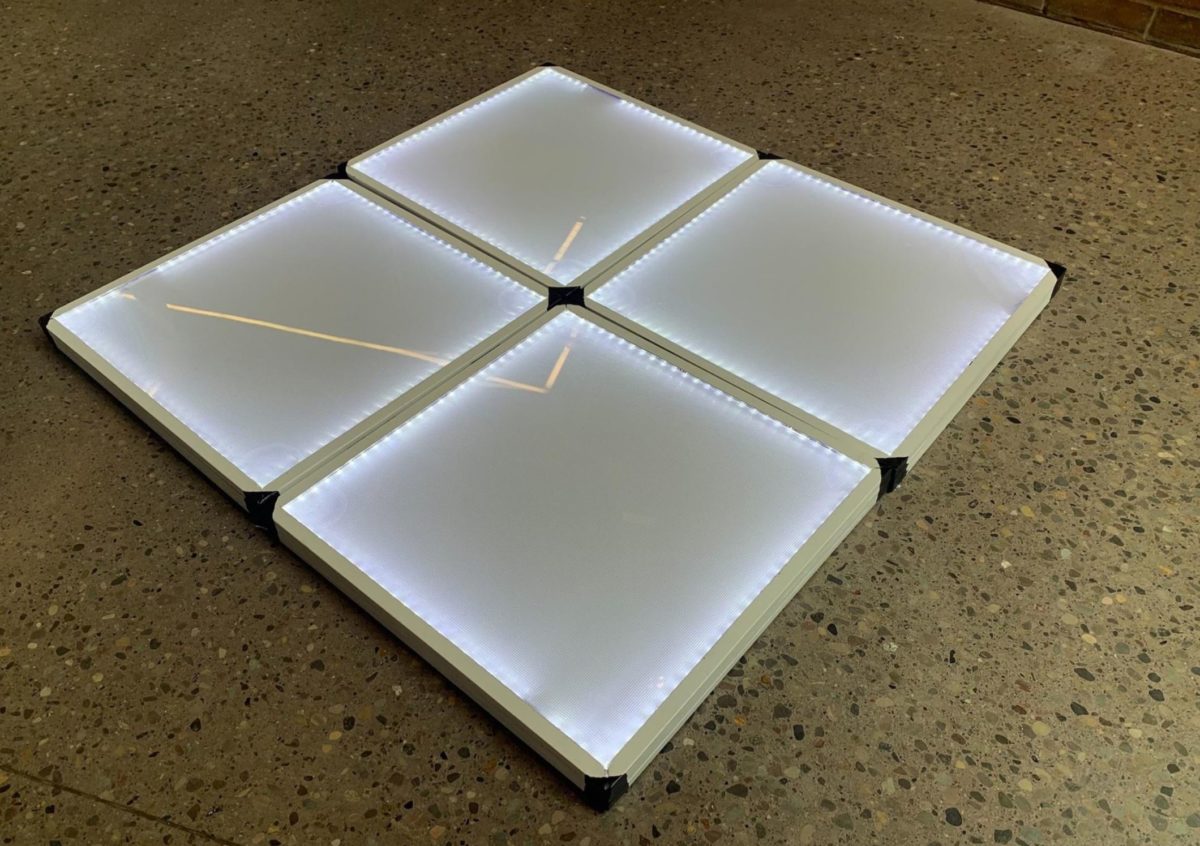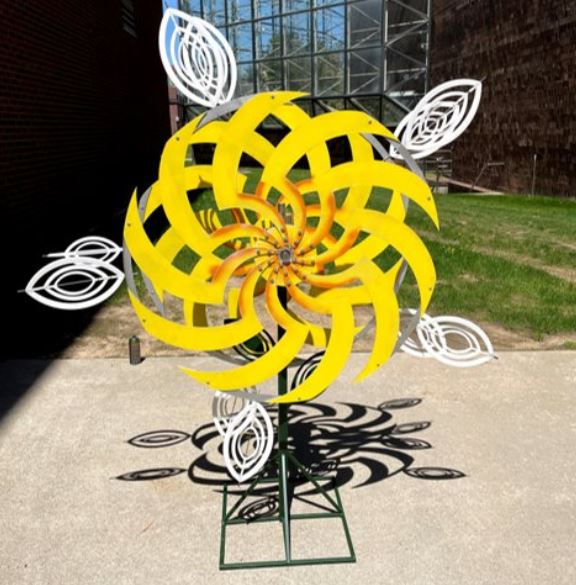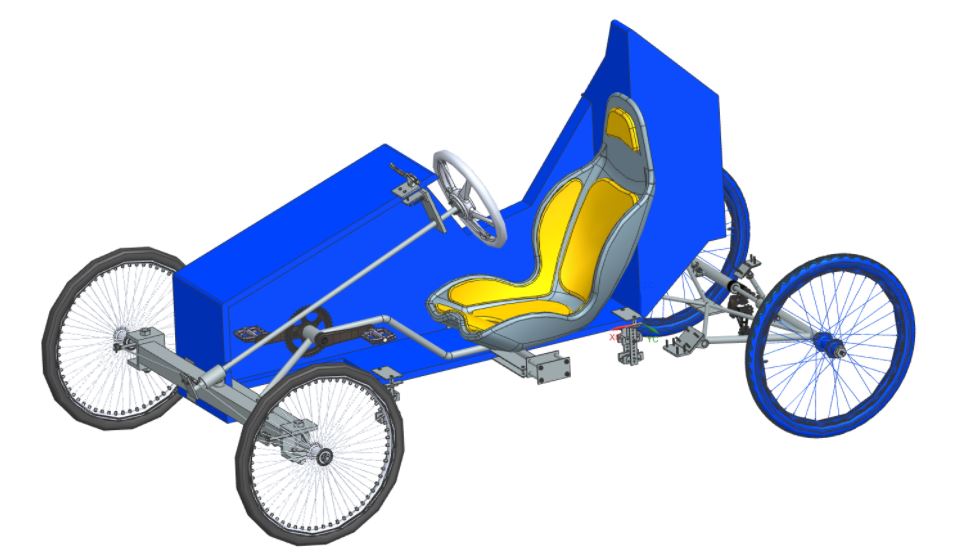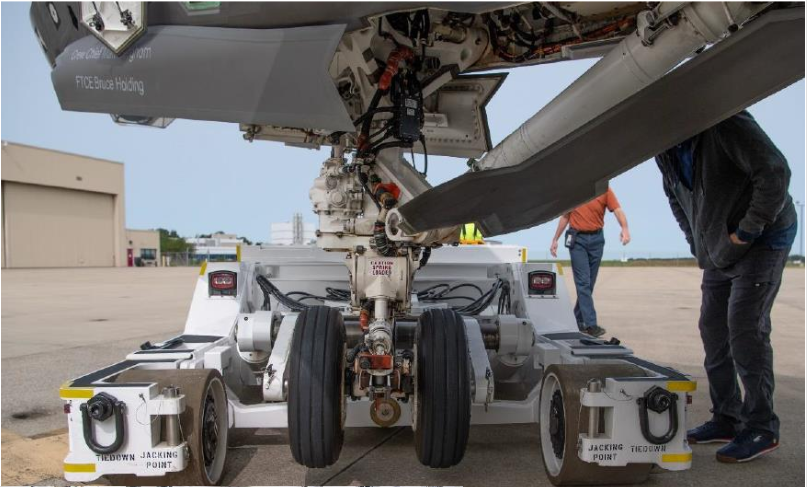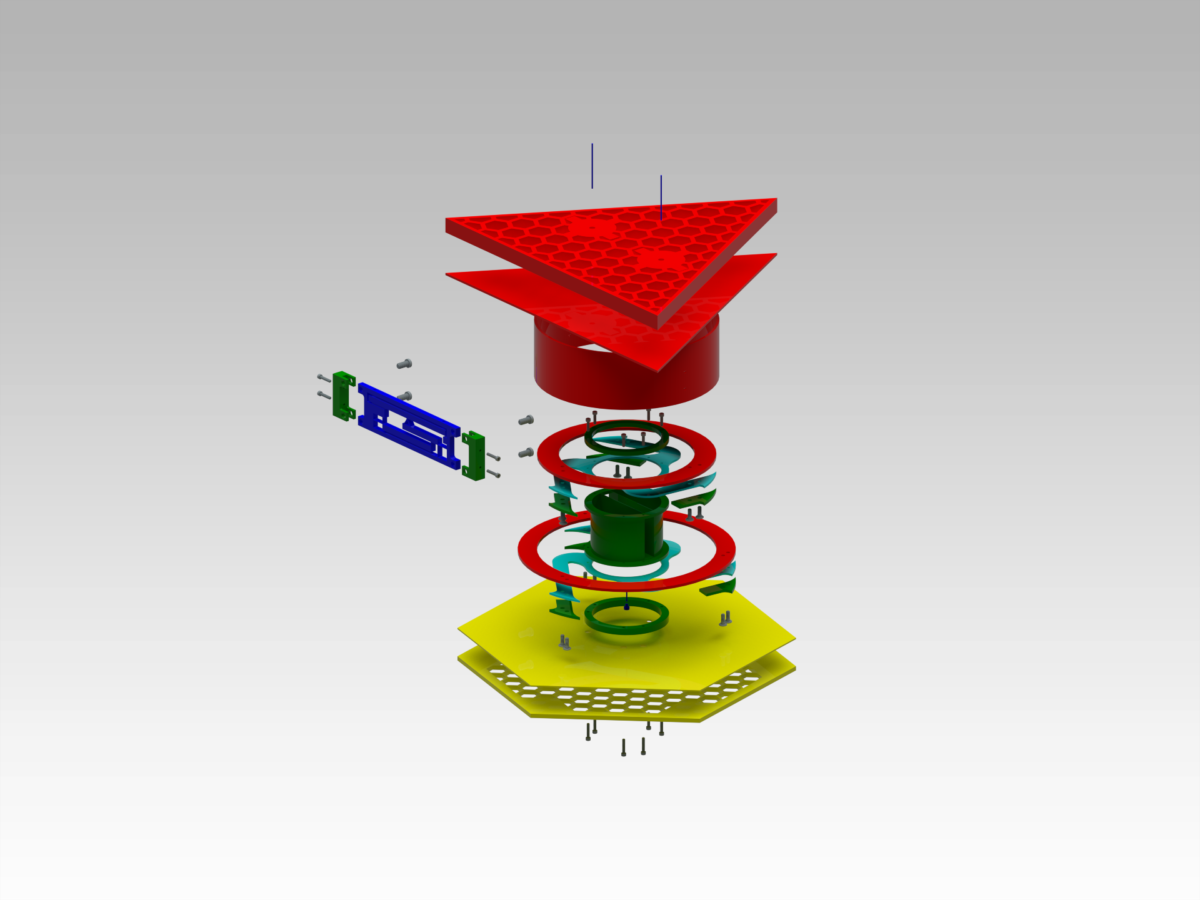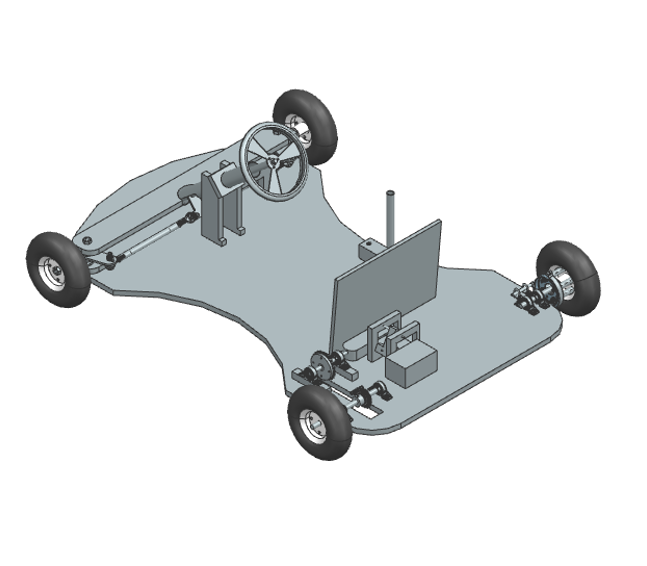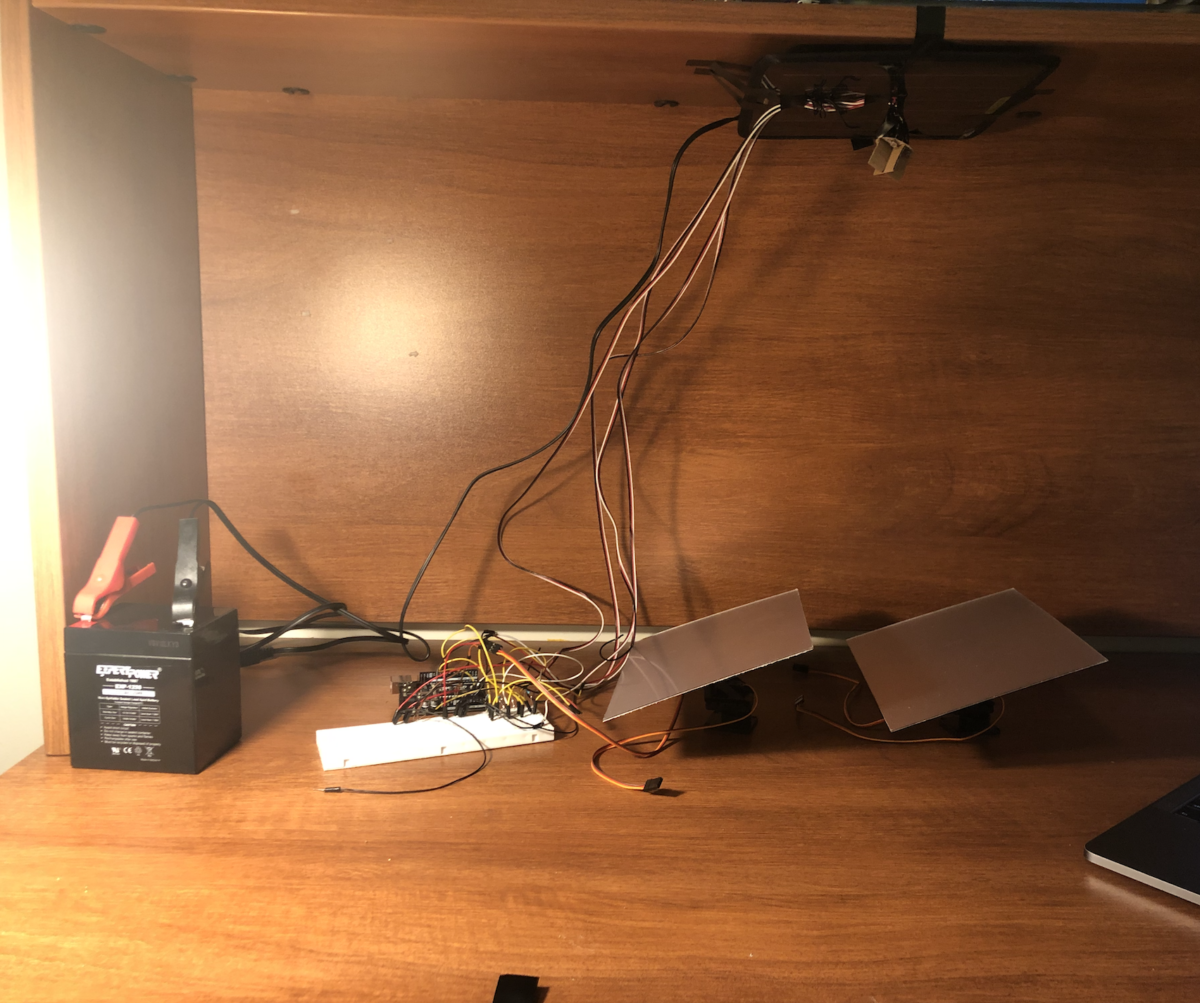
Community Engagement Archive
Pumpkin Launch
March 17, 2021
Have you ever had a gourd and wanted it over there, but in a way that would inspire the masses? The Mechanical Engineering Department sure has, and has tasked our team with creating their submission to our ASME-hosted annual pumpkin launch.


